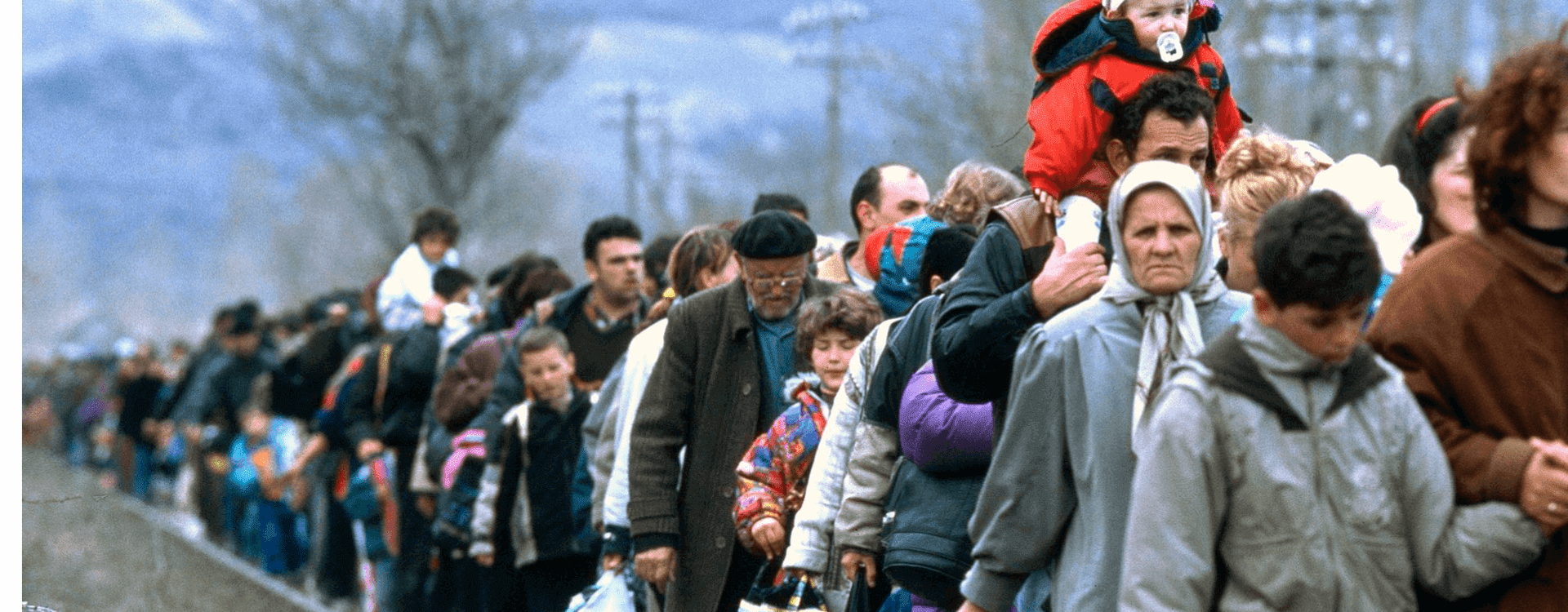Population displacements caused by global climate change have already affected more than 23 million people. The information is from the report by the United Nations Organization for Migration (UN) released in 2022. The document entitled “People on the move under a changing climate: uniting policies, evidence and action” points out recommendations for solving problems caused by migration. new climate migration demand, such as:
– Solutions so that people can migrate safely;
– Solutions for people on the move;
– Solutions for people to stay in their locations.
It is time to reflect on the social consequences caused by the global climate crisis. In a world where everyone needs to have their minimum rights protected, regardless of race, creed or ethnicity, taking a careful look at the new climate migration is urgent and necessary.
Addressing the Causes of Climate Migration
The devastation caused by floods, fires or extreme drought makes it impossible for entire nations to have minimally decent housing and food security. Millions of people have had their right to choose mobility withdrawn due to environmental catastrophes. In Nigeria alone, more than 1 million people were left homeless due to heavy floods in 2022. This population – as well as thousands of other peoples – was not assured the right to choose between staying or migrating. If people no longer have where to grow food, do not have access to clean water and lose their homes, there is no other option but migratory displacement. Giving these people conditions worthy of migration is the agenda of all agreements made in the climate area, for all countries participating in the major International Forums.
It is clear that the natural disasters caused by climate change are not going to stop. Its damage is much more harmful in societies that contribute little to the process of environmental degradation. For the most part, those who suffer the most from climate catastrophes are people who are economically and industrially underdeveloped, who do not have basic infrastructure conditions to survive the damage. Increasingly growing, humanitarian calamities as a result of climate change devastate large territories, at the same time that these populations are unable to develop and structure for social growth. Even before being affected by the floods, the Nigerian people were already facing problems of economic inequalities, social disorganization, violence, poverty and hunger.
The moment is of urgency in the implementation of the agreements on the global climate, mainly in the guidelines for solutions in the climatic displacement.
Putting Solutions to Climate Migration into Practice
Recently, the UN Agency for Migration (IOM for International Organization for Migration) requested that the international agreements established for climate displacement be put into practice – as a matter of urgency.
These actions involve the implementation of a strategy that includes three main initiatives:
– Solutions so that people can migrate, promoting planned, regular and safe displacements, anticipating the possible involvement of an area by an environmental disaster;
– Solutions for people on the move: anticipating the departure of people from risky locations, by minimizing losses and damages;
– Solutions for people to stay: reduce the risks of natural disasters in places already recognized as potential risk areas for environmental catastrophes.
In all three proposed initiatives recommended by the UN, the guidelines for formulating actions depend on improving the use of climate data for the development of programs based on scientific information. Activities that will involve the safe movement of people around the world need to use information available in Big Data applied to the environment. They are more precise guidelines in data collection to define strategic migration plans: to avoid climate disasters, to ensure the safe movement of people or to plan the movement based on accurate information about the local climate.
Today we are talking about the lives of more than 23 million people. It is imperative that the extensive climate agreements, which involve issues of human displacement, be effectively put into practice, in order to reverse the migration process, which today leaves entire nations in a situation of vulnerability and social marginalization.




